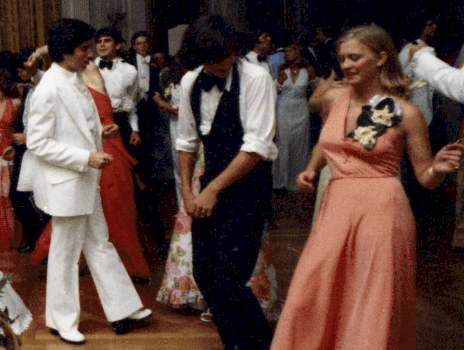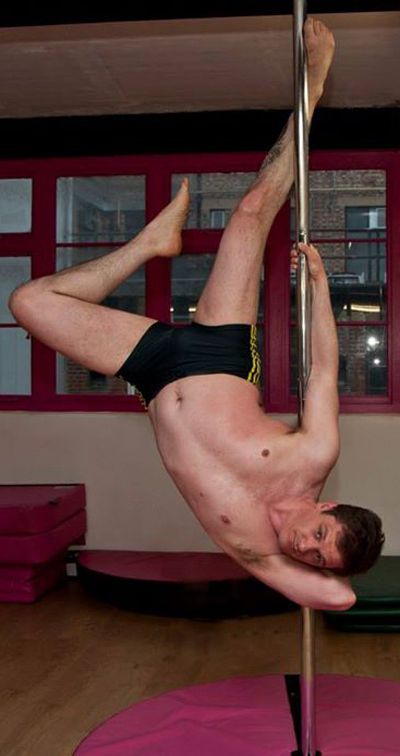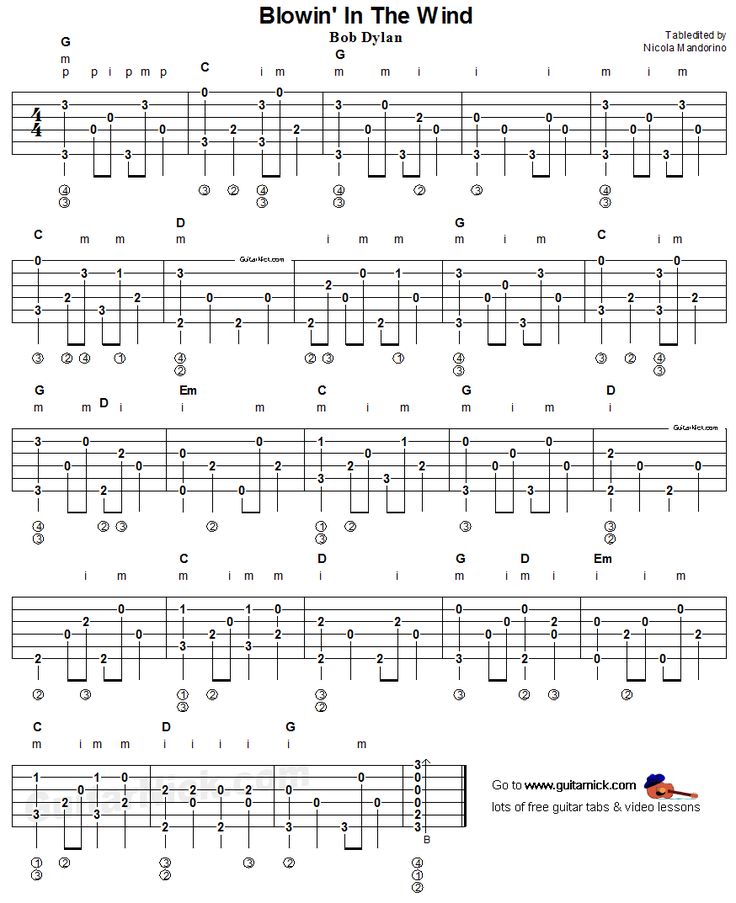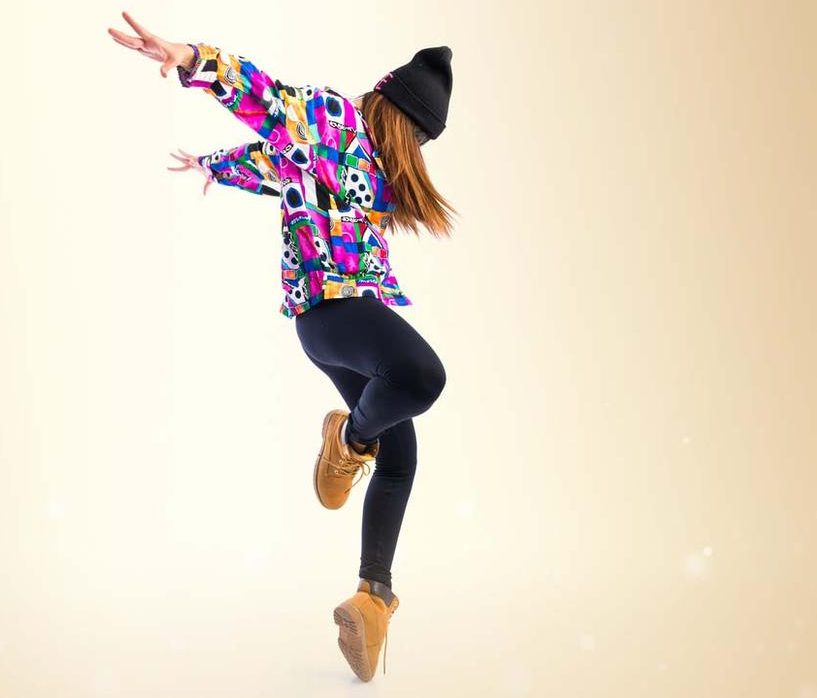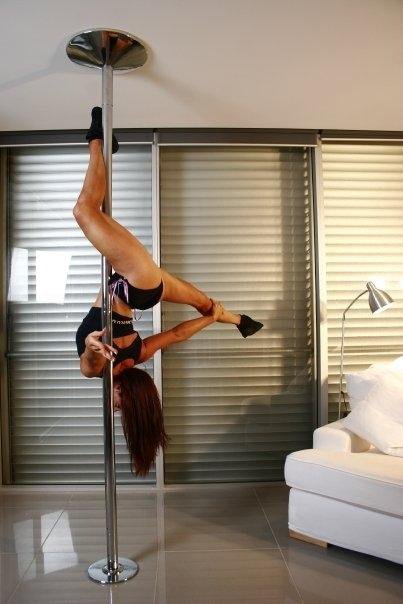How to learn dance steps fast
16 Spot-On Tips To Help You Learn Dance Combinations Faster
Every dancer I know wants to be better and faster at remembering dance combinations and movement phrases. Some dancers are astonishingly good at it without really trying. – sigh – We all have our gifts.
If you aren’t one of the dancers with this particular gift, learning new choreography in dance class or auditions can be a frustrating experience. Here are 16 of our best secrets for improving your accuracy when you’ve got to get the movement down and make it stick right away. The first 12 include tricks to try in the moment and the final four are strategies that will help you get better in time.
With some work (we won’t pretend it’s always easy), you’ll look like one of the gifted… our present to you. 😉
Focus first
If you know you are going to be learning new choreography, warm-up your brain for the mental workout. Like a physical warm-up, the needs are different for everyone and every situation but try centering yourself with some deep breathing to improve your performance. You might also try focusing techniques like counting backward without letting your mind wander, visualizing an object or movement with full concentration for several minutes, or repeating a positive or inspiring word over and over to yourself.
Don’t bite off more than you can chew
We learn and memorize best when we “chunk” or break a long string of details (like a phone number or dance phrase) into sections. The choreography will probably be taught in chunks but if these seem more than you can handle, mentally break it into even smaller pieces for easier digestion.
Close enough, keep moving
Don’t get sucked into the nitty-gritty vortex before you’ve got the overall picture. You’ve got to focus on the big broad strokes of the movement like pathway, facings, or patterns first. Then, move on, working toward perfecting the trouble spots and the specifics like head focus, hand positioning, and intricate footwork.
Stop, look, instant replay
Particularly if there are several direction changes, it’s hard to watch and do at the same time. On the first demonstration, you can try simply watching only. Then, try the choreography on the next run-through. Or, if you keep missing something, stop for a second, watch the instructor very carefully and then see if you can replay it in your mind before running it again.
On the first demonstration, you can try simply watching only. Then, try the choreography on the next run-through. Or, if you keep missing something, stop for a second, watch the instructor very carefully and then see if you can replay it in your mind before running it again.
Slow down time
This one’s a bit of a mental trick. Try picturing the movement you’ve been given in slow motion. Even as you watch in real-time, imagine that it’s happening at a much slower speed – one that allows you to capture all of the details. Another option: If you can, take a few moments to yourself to slow down a step if it feels too fast and gradually work it back up to tempo.
Think simple
Even complex choreography can be mentally simplified. If the steps or weight transfers are a sticking point, talk yourself through it in simple terms like “right, left, right-and-left,” or reduce the movement to basic body parts – “arm, leg, hip, hip, elbow.”
Put it on a loop
Repetition is crucial but in addition to practicing full-out you can put the combination or your trouble spots on repeat in your head or by marking the movement when you’re on the sidelines. If you want to learn the choreography quickly, you have no time for a mental nap. Don’t miss an opportunity to practice by talking to your neighbor, getting distracted, or zoning out.
If you want to learn the choreography quickly, you have no time for a mental nap. Don’t miss an opportunity to practice by talking to your neighbor, getting distracted, or zoning out.
Go full out
Marking movement is helpful when you are waiting your turn or when you are focusing on watching to gather more information. At all other times, do the choreography full out. That’s the only way it’s really going to “stick”.
Make a mental map
Every combination has its peaks, valleys, pathways, and landmarks. Mentally map these places in the choreography and then just keep traveling the same route from one destination to the next.
Say it to yourself
Connect your movements to words, labels or keywords, lyrics, rhythms, or sounds. The instructor has probably already been doing some of this as he/she teaches the combination but make your own connections, too. Even when the external prompting stops, keep cuing yourself using your internal voice. If you tend to be an auditory learner, it may even help if you do this out loud (but quietly, so you won’t disturb others).
If you tend to be an auditory learner, it may even help if you do this out loud (but quietly, so you won’t disturb others).
Use the power of touch
You are already relying a lot on your eyes, ears, and your kinesthetic/proprioceptive (body) senses when learning a combination but, for some people, touch can also be a powerful memory tool. Think about it – your teachers use touch all the time to direct and give you cues, and you remember this touch as you go forward on your own. Help yourself in the same way – before you start dancing, tap the leg you keep forgetting to step with or touch the shoulder you need to remember to turn toward.
Tear your eyes away
This is probably the most important tip because it’s essential but often overlooked by dancers, especially when their confidence is low (more on that in a second).
After you’ve been given the movement and absorbed as much detail as you can, EYES OFF! Take your eyes off the instructor and other dancers to break the brain-suck connection.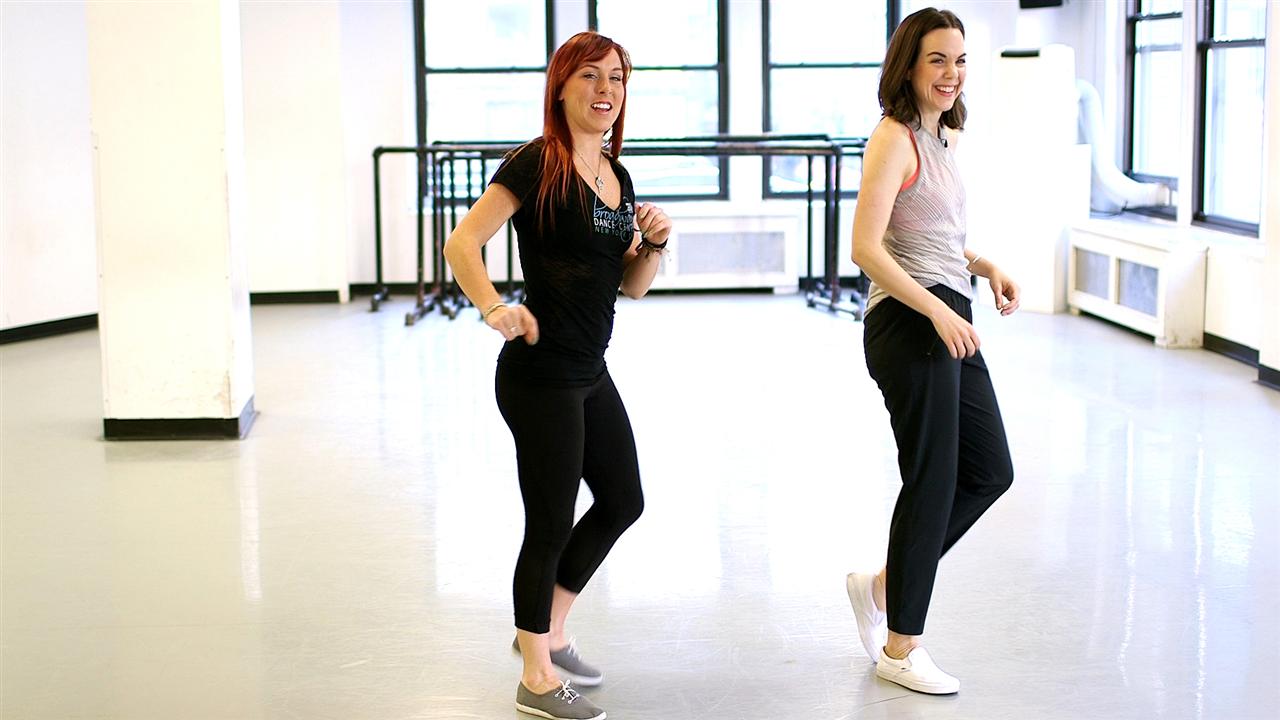 In fact, wean yourself away from any visual cues and concentrate and rely instead on the internal ones you’re developing – your thoughts, how something feels, which chunk follows that chunk, where you are on your mental map and not where you are in the room, etc.
In fact, wean yourself away from any visual cues and concentrate and rely instead on the internal ones you’re developing – your thoughts, how something feels, which chunk follows that chunk, where you are on your mental map and not where you are in the room, etc.
All of the next steps are about developing your skill and confidence before you need to call upon them to learn a dance combination quickly.
Ditch “Negative Nelly” or “Negative Nelson”
Negative self-talk – letting fear and negativity rule, psyching yourself out, comparing yourself to others. If you’ve made a habit of these things in your daily life or dance classes, don’t think you’ll just be able to drop your pessimistic pal at the curb before your next class or audition. Keep inviting the negative along and it’ll start to show up even when you don’t want it, least expect it, or while you’re trying to learn that darn dance choreography.
Expand your dance vocabulary
Often the trouble with learning new things is just that they’re new.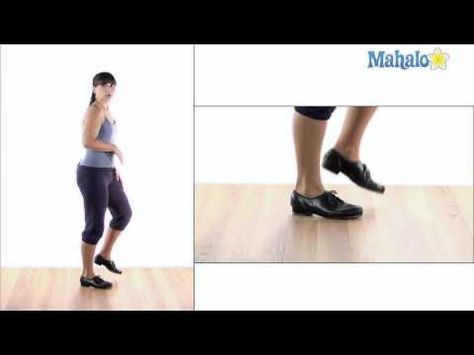 The more experience you have in a variety of dance forms, styles, teachers, choreographers, the less likely you’ll be surprised by the unfamiliar. So take dance classes on vacation, go to intensives, conventions and workshops, practice improvisation, see more dance, and find other ways to activate your brain and body.
The more experience you have in a variety of dance forms, styles, teachers, choreographers, the less likely you’ll be surprised by the unfamiliar. So take dance classes on vacation, go to intensives, conventions and workshops, practice improvisation, see more dance, and find other ways to activate your brain and body.
Use every opportunity
Don’t waste the opportunity to regularly practice the skill of picking up combinations. It comes along every time you take class, whether memorizing a ballet exercise or taking on a new time step. It takes discipline. Challenge yourself to be faster and more accurate at learning the choreography than you were the last time.
Play memory games
The Add-On Game – This is the game where one dancer starts with a movement, then the next dancer builds onto that movement by adding another one. Each dancer in the circle or in the room quickly adds their own movements in turn. Everyone dances the sequence as it grows, forcing each dancer to try to remember what comes next.
Watch and Learn – Have your instructor or another dancer show you a new movement phrase in full, without stopping. Watch carefully (you can mini-mark the movement if you need to) and then see how much you can accurately recall and perform. It may not be much the first time. Then, have them repeat it the same way and make your attempt again. It’s a challenge but great practice, and you can keep challenging yourself with longer or more difficult combinations.
YouTube Roulette – As we learned in How I Help Students Pick Up Combinations Faster, video is a great memory tool. Randomly select dance videos on YouTube and challenge yourself to learn the choreography without a ton of pausing and rewinding. Since the video is likely shot from the front you can challenge yourself to learn things on the correct side, or reverse it by mirroring. Either way, you’ll get practice outside of class with this technique.
What’s Next? – This game is similar to Watch and Learn except the new choreography is shown in full 3 times in a row. After seeing it repeated, the choreography is performed once more but the dancer pauses and asks, “what’s next?” See if you remember it right. Some variations on this game: use dance videos to play this solitaire, or have the instructor give the combination using just dance terminology without demonstration (yikes!).
After seeing it repeated, the choreography is performed once more but the dancer pauses and asks, “what’s next?” See if you remember it right. Some variations on this game: use dance videos to play this solitaire, or have the instructor give the combination using just dance terminology without demonstration (yikes!).
Do you have your own secrets and tricks to learn choreography faster? Share them in the comments!
“Sunflowers” by Rich Brooks is licensed CC BY 2.0. Text, graphics, and coloration added.
Kindly follow, like or share:
Nichelle Suzanne (owner/editor)
Nichelle Suzanne is a writer specializing in dance and online content. She is also a dance instructor with over 20 years experience teaching in dance studios, community programs, and colleges. She began Dance Advantage in 2008, equipped with a passion for movement education and an intuitive sense that a blog could bring dancers together. As a Houston-based dance writer, Nichelle covers dance performance for Dance Source Houston, Arts+Culture Texas, and other publications.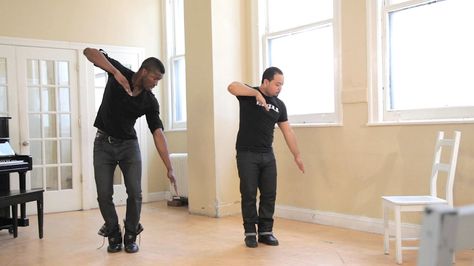 She is a leader in social media within the dance community and has presented on blogging for dance organizations, including Dance/USA. Nichelle provides web consulting and writing services for dancers, dance schools and studios, and those beyond the dance world. Read Nichelle’s posts.
She is a leader in social media within the dance community and has presented on blogging for dance organizations, including Dance/USA. Nichelle provides web consulting and writing services for dancers, dance schools and studios, and those beyond the dance world. Read Nichelle’s posts.
danceadvantage.net
5 Dance Tips For Picking Up Choreography Fast
Being able to pick up choreography fast is something you can train and get better at.
So even if you feel defeated from not being able to keep up and falling behind in class, don't lose hope!
Use these tips each time you learn a piece and you'll notice how you're able to pick up choreography fast, without trying as hard.
1. DON'T watch the choreographer
Do you have a habit of staring straight at the choreographer when you learn, mirroring their moves every time they demonstrate?
And then, once you dance without them, you probably feel lost and confused.
In order to pick up choreography fast, you have to get your body to get used to the movement.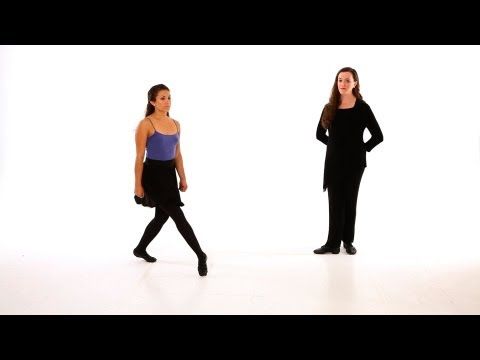
Learn with your eyes, but practice with your body.
This means studying the choreographer first to properly understand their movement, execution, and timing, but not relying on them to regurgitate the piece.
Push yourself to reduce the amount of times you watch the choreographer before you try it without watching them.
You'll start to pick up choreography fast by taking the training wheels off (not watching the choreographer) earlier in the class.
2. Mess up, then move on
The choreographer is in control and sets the pace of things in a class, but sometimes you can’t keep up.
Maybe there’s that one move or combo that keeps messing you up.
Which makes you keep reviewing it again and again, missing the next move, and then the next...
We have a tendency to be fixated on trying to execute every single move perfectly, but sometimes you have to settle for “close enough” and move on.
You can always come back and improve upon it later.
Go over what you need in between gaps of instruction to make the most of your time, but don’t let it stop you from learning the rest of the piece.
3. Don’t dance and
just watchThis is a little counter-intuitive... Don’t dance?? In a dance class?????
However, sometimes there are details your eyes can catch that the choreographer won't explicitly teach.
If they were to explain every single little detail you’re supposed to be executing, then classes would take days.
So catch your breath for a second and really watch what the choreographer is doing.
Not only will you pick up choreography fast, you'll learn to embody the mood, timing, and character much better – which are more important than the exact body placements, anyway.
4. Take multiple classes in a day
When it comes down to it, the ability to pick up choreography fast does require your brain to do some training. Taking multiple classes is a huge strain mentally and physically, and that's the exact how it teaches you to pick up choreography fast.
Don't live around any studios? No worries. Here's How To Learn Dance With No Dance Classes In Your Area
5. Expose yourself to more styles of dance
There are those moments when you get stuck on a move that everyone else seems to get...
Maybe it's a Loose Leg or a Hip Hop groove – but you’re not trained in that style.
In order to pick up choreography fast, it helps to have an expansive range of dance vocabulary.
Being comfortable with moves from different styles will make it much easier to pick up choreography fast because those moves are already ingrained in your muscle memory!
So practice and perfect any moves you come in contact with, because you’ll never know when they’ll come up in another combination.
Clay and Jessie give more tips on how to pick up choreography fast – watch this video!
Did these help you out? Have your own tips to learn choreography faster? Leave a comment below!
90,000 12 life hacks, to quickly learn how to dance from Mamita DanceDances
Author: Pavel Gather
Psychologist, Lecturer Salsa and Tango
Dances
Author: Pavel Pavel
Psychologist, Lecturer Salsa
on At the start, you always want to get a quick result.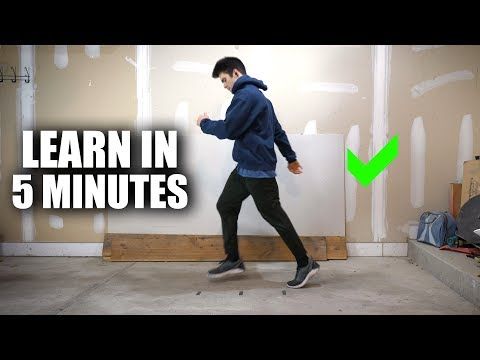 When it doesn't happen, the hypothesis arises that everything takes time. After a conditionally acceptable time, humility comes to mastering pair dances, which, perhaps, is not given, and I will just do what I learned somehow.
When it doesn't happen, the hypothesis arises that everything takes time. After a conditionally acceptable time, humility comes to mastering pair dances, which, perhaps, is not given, and I will just do what I learned somehow.
This is the most common story of those who believe that the mere act of attending a pair dance class is enough to learn how to dance.
Absolutely not. If you want to really dance well, you have to make an effort outside of the dance class. A good teacher will definitely be needed, but the initiative should be on your side.
1. Listen to music
The most common and accessible advice that is given already in the first lessons. And it definitely works. Music creates a certain atmosphere of the dance and intuitively you want to move to it. It doesn't matter where you listen to music - in the car, on headphones while walking or doing household chores.
An addition that will help you dance better is your active participation in the music. Sing along, dance or simply beat musical accents with any free parts of the body. In the subway, for example, it is enough to tap out bright moments with your fingers, in the car to sing along with sounds, and at home you can jump for pleasure.
Sing along, dance or simply beat musical accents with any free parts of the body. In the subway, for example, it is enough to tap out bright moments with your fingers, in the car to sing along with sounds, and at home you can jump for pleasure.
2. Watch videos of good dancers
It's complicated, but also obvious. It’s more difficult, because without recommendations from more experienced dancers, unfortunately, it’s not so easy to find a good quality video on the net (I mean not the resolution quality, but the content itself).
Meaningful video viewing is about building an understanding of HOW dancers make a particular impression on a partner or viewer. Technology is at the heart of everything. Understanding how the pros do it is a big step forward.
It is important to distinguish a show from a disco dance, a staged performance from an improvisation, a stylized dance from an authentic one, etc. Ask for recommendations and dance teachers will always throw off a couple of videos of worthy landmarks.
Tango Z. Showreel.
Online modern tango courses
Tango nuevo is the most advanced version of tango. We can quickly learn to dance from zero to a steep level.
| View details |
3. Dance in salsatecas/milongas/discotheques
A very delicate moment when it is worth coming to the first party. From a technical point of view, most students in 1-3 months have a sufficient set of figures and techniques to come and dance calmly. Psychologically, the same moment can be stretched out for an indefinite time. After all, it is imperative to “not lose face”, “learn more figures” and be sure what to do in case “there is an unfamiliar movement”.
In fact, the partygoers don't really care (except for a small layer of non-professional teachers who want to help inexperienced dancers by treating them as customers in the future). It is important to come and try dancing after a month of classes.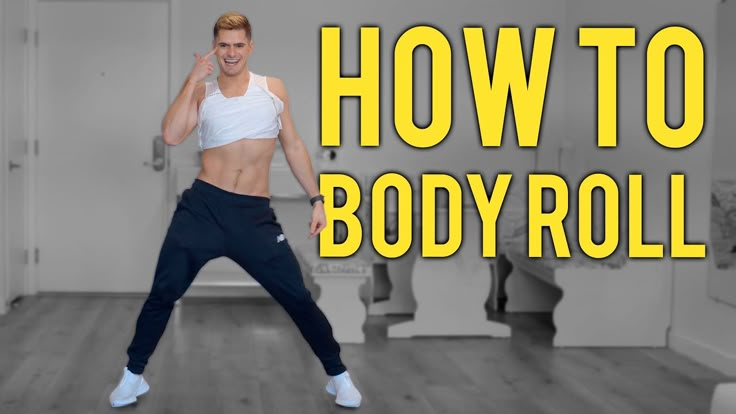 You can only with friends or guys from your group. This will be enough to feel the adrenaline and inspiration from the dance.
You can only with friends or guys from your group. This will be enough to feel the adrenaline and inspiration from the dance.
4. Dance with partners or partners not of your level
The conventional wisdom that you need to practice in groups of your level does not withstand the test of experience. Perhaps now your eyes widened in surprise, and you want to meaningfully read the phrase again. Yes, you saw everything correctly: when you dance with a partner of your level, you don’t grow anywhere.
It's important to understand that not only does it work one way and you have to dance with cooler dancers, but it works even more effectively the other way. It is no coincidence that teaching pair dances dramatically raises the level of the teacher himself. You have an endless stream of very beginner dancers.
How it works. A more experienced partner needs to be "stretched". It's easy and obvious. With beginners, you need to take more initiative on yourself, see the general pattern of the dance more widely, turn on and insure more, try to be an example and be more careful.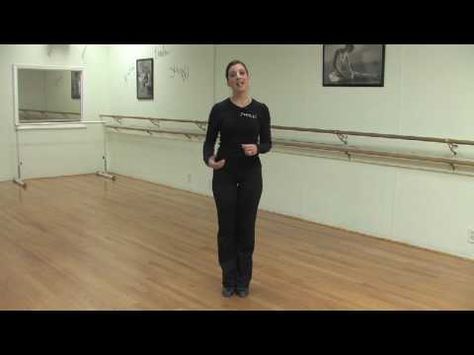 The quality of interaction begins to grow significantly. And wonderful partners too.
The quality of interaction begins to grow significantly. And wonderful partners too.
Dancing with partners of your level doesn't make you grow. Dance with both beginners and more advanced dancers
Dominican Bachata Women's Style Online Course
Want to learn how to hypnotize those around you with the most appetizing part of your body? On the course we will tell you all the secrets.
| Interesting |
5. Learn to dance for a partner and for a partner
Turks and Argentines are one of the best partners in the world. In Russia, partners are highly valued. Why? The answer is simple. In Argentina and Turkey, it is not questionable for men to ask another man to lead in one piece or another and give feedback on the quality of the lead. For them, it will be a great shame to hear moralizing from a partner, or even more so to be known in the community as an insecure partner.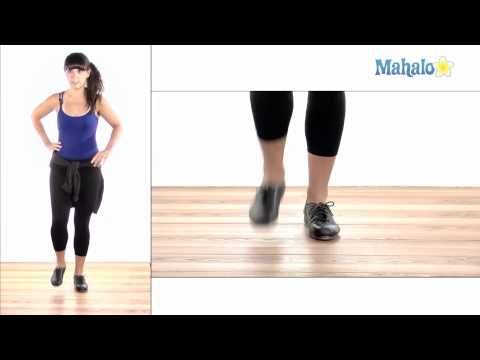
In Russia, due to the constant, often far-fetched, opinion that there are more women in pair dances, partners calmly get up and study their partner's part. Such partners then grow into very cool dancers and teachers. In no case do this at parties, only in class. Here we are talking only about the learning strategy. At parties, be yourself.
6. Do not memorize the links
Always try to look deeper and understand the through principle and idea of movement. Understanding what and how is done will make it possible to independently generate any sequences and chips.
Human memory is limited and there will always be a moment when something will escape and your repertoire will be limited by the size of RAM.
In Argentine tango, for example, there are seven levels of movement construction that, when mastered, will allow you to make millions of combinations. And how many dance sequences can you really remember? In rueda, more than 150 figures dance in a rare circle.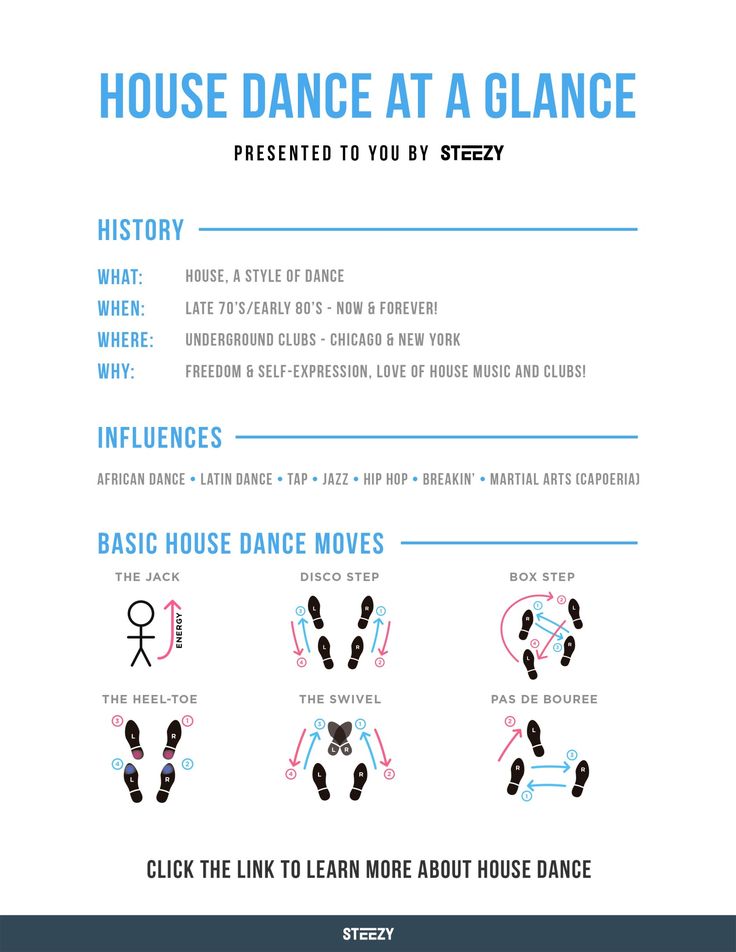 It's hard to keep more in mind.
It's hard to keep more in mind.
7. Develop your body
Many years of experience in teaching couple dance shows that as soon as everyone pairs up in a class, any progress in individual style ends. But it is the individual style that distinguishes everyone at the disco: partners change, and style is always with you.
The body as the main instrument of dance must be very plastic, responsive and emotional. Surprisingly, not all pair dance schools have a general physical warm-up. It is vital to tune the body and understand how it works.
You can always train extra and concentrate more on the basic steps, as their true value is as body work. The sequence of steps is, in fact, the simplest thing that can be in pair dancing. The quality of individual performance determines the craftsmanship.
8. Try on the images of inspiring dancers
A psychological life hack for those who have already mastered the steps, but still feel that there is not enough brightness and drive. Most are terribly afraid of being someone else's "clone". Here the action is the same as under the influence of hypnosis - the more you resist, the more you plunge into an altered state of consciousness.
Most are terribly afraid of being someone else's "clone". Here the action is the same as under the influence of hypnosis - the more you resist, the more you plunge into an altered state of consciousness.
With a high degree of probability, you are already dancing like someone else's "clone". A meaningful fitting of someone else's image is that you mentally take the image of the one who inspires you (inspiration is critical in this case) and "put on" yourself. Then you start dancing and trying to feel in general how it is to be able, for example, to be the best partner or the sexiest partner in a disco. This is much more difficult than it seems. But it works extremely efficiently.
9. Dance to offbeat music
Habitual rhythms keep you tight. Tango salon or speedy timba leave little room for experimentation and fantasy. Pattern dancing is always noticeable and is reserved for beginners.
The truly new is born outside of the usual. Look for places to experiment. If there is no place, organize self-training. The main thing is not to get carried away, because music determines the style. We bring something new to pair dances, rather than trying to change them.
Look for places to experiment. If there is no place, organize self-training. The main thing is not to get carried away, because music determines the style. We bring something new to pair dances, rather than trying to change them.
Search, improvise, don’t be afraid to go beyond, develop in different directions, be inspired by music atypical for the style
10. Try your hand at basic dance directions
dances exist according to their own non-choreographic laws.
This is the deepest delusion, which has turned into a ceiling for the qualitative development of partner dances. After all, all professional dancers, for example, in salsa or bachata, build their ideas on the basic choreographic principles.
Do not think that choreography is only applicable on stage. Any meaningful movement of the body can be choreographic. In general, try classical or modern choreography. Basically, hip-hop can work too.
11. Look for battle sensations
Pair dances return us to an active position of manifestation of our body. As in the days of our ancient ancestors, we impress the members of the opposite sex by how dexterous, hardy, sexy, etc. we are. Modern laws of the jungle in the entourage of large cities.
If you look around the dance floor, it becomes clear that the majority are clearly herbivores (not in the sense of vegetarians, but in relation to those around them). I am sure that predators are always more interesting in terms of the attractiveness of the image - try to find a counterbalance among herbivores, for example, a cat woman or a lion man.
The conversation is about an internal position, not about aggressiveness. Lability and lack of control are inherent in adolescents, and not in adult self-sufficient people.
Accordingly, even a training or friendly battle gives, on the one hand, practical skills - to make a bright sequence of movements, bring an idea to a climax, show a spectacular feature, on the other hand, develops the psychological basis of the dance - self-confidence, resistance to extraneous attention, self-control and self-control in complex elements.
12. Communicate with professionals
The environment shapes the internal position. Basically, real passionaries of the dance community are ready to openly talk, discuss and support the development of dance in every possible way. Universal principles and the ideas they articulate have a much longer and more practical perspective than meets the eye.
Accept that, for example, behind the words "listen to your partner" is not only a beautiful metaphor, but also a practical skill to literally listen to your partner. At the same time, always treat every thought, even the most respected teacher, as a private opinion.
Your skill will lie in finding the scope of the idea even in conflicting opinions. Most often, the contradiction is speculative and the truth lies in the angle of perception or situationality.
Your dancing growth will stop sooner or later. This can happen at the level of three basic steps or years of experience in teaching and show performances. Regardless of your level, the suggested 12 life hacks can get you off the ground and greatly accelerate your dance growth. There is no way here without your motivation and activity. Take your dance development into your own hands. 9Ol000 Dangerous sexuality
Regardless of your level, the suggested 12 life hacks can get you off the ground and greatly accelerate your dance growth. There is no way here without your motivation and activity. Take your dance development into your own hands. 9Ol000 Dangerous sexuality
Salsa: destroyers of stereotypes
Couple dancing as a source of strength.
Self-destruction of the couple dance community
The Salsa series as a mirror of the community
Mamita Fridays: salsa, bachata
Destroying the myths about leading pair dances
Does dancing make us better?
The seven deadly sins of teachers
Why we will never dance bachata like the Dominicans
Why tango?
Dispute over musicality
Selection of dances according to alcohol preferences
Where to find inspiration for dancing?
Terrible tango nuevo
Distribution of roles in a salsa party
Argentinean tango through the eyes of a salsa dancer
Is there a predisposition to dancing?
Which is more effective: individual or group lessons?
Sexual overtones in couple dances
Dancers - O!
Description:
A dance show where everyone can show their skills and compete with other dancers!
The new Dancers program is a real dance battle! The host of the program, Sasha Novikov, and two of his assistants, Besha the lamb and Strauss the ostrich, invite two program participants to demonstrate their dancing talents. In the first round, they will show a prepared dance in their favorite style. But the further, the more difficult, and in the second round you will have to quickly learn new dance moves, which will be shown by real professionals, Besha and Strauss! The third round is a free style battle.
In the first round, they will show a prepared dance in their favorite style. But the further, the more difficult, and in the second round you will have to quickly learn new dance moves, which will be shown by real professionals, Besha and Strauss! The third round is a free style battle.
"Dancers" - a program for a great mood: dance along with the hosts and participants. And be sure to vote for the one you like the most!
Anna Skavitina, psychologist, analyst, member of the IAAP (International Association of Analytical Psychology), supervisor of the ROAP and the Jung Institute (Zurich), expert of the Psychology magazine
Dance show with young host Sasha Novikov, ostrich Strauss and lamb Beshey sets a new charging format for modern children. Spending many hours with smartphones, and not running around the street, children today experience constant physical inactivity, and ordinary morning exercises seem boring to them. They are used to the fact that the world around is pure entertainment, and they are not ready to do anything in a different format.
The show "Dancers" tries to match today's ideas of children and tries to shake them up so that they, inspired by others, begin to move at least a little. The hosts constantly encourage children to get off the couch and join the program participants. And they do everything so that the children do not sit still at the screen! Modern incendiary music, new dance directions, fast paced movements, a small dance competition - a battle in which the hosts of the show support all participants and do not maintain an atmosphere of fierce competition. The world has made a turn - and now it is fashionable for boys (and not just girls) to learn to dance again.
If this show can instill in at least a few children the idea that everyone can dance and that movement is great, then it will do its job. By the way, there are entire clubs and international competitions when dancers repeat the movements of electronic trainers, practicing for hours at home in front of the screen, and gaining excellent fitness and good mood.

Any dance resembles a language, has its own vocabulary - dance movements, has language rules - a system of movement unification. Dancing teaches you how to interact with each other and helps you learn new things about yourself. Through dance, children develop communicative communication and learn to express their ideas. When children and adults accept their bodies and trust in the process of dancing, both beauty and strength moments of grace and virtuosity of performance, as well as clumsy, awkward moments of vulnerability, which the characters of Strauss and Besha show without any hesitation in the show, become valuable for everyone.
Heroes:
Issue 21, 28, 28
Masha Pozdnyakova,
9000Watch Battl
Anya Pugacheva,
Issue 20, 22 March
Polina Rudenok, 11 years
, 11 years .Watch Battle
Daria Tsygankova, 11 years old
0250Issue 18, March 15,
Olga Aleksandrova, 8 years old
Lada Zhilina, 9 years old
Issue 16, March 8
Alexander Ilyin, 9 years old
0246 Issue 15, 7 March
Polina Nikitina, 8 years old
Watch Battle
Olya Odintsova, 8 years old
3Issue 14, March 1
Varya Zubareva, 11 years old
View Battl Battl Battl Battl Battle Battl Artyom Fedchin, 10 years old
Issue 13, 29
Nastya Loginova, 11 years old
Watch Battle
Ksyusha Sivalnev, 8 years old
Issue 12, 23 February 9,
0247
Sveta Gladysheva, 8 years old
Watch Battl
Alisa Suchkova, 6 years
Issue 10, February 16
Marusya Shcherbachenko, 8 years old
Watch Battle

